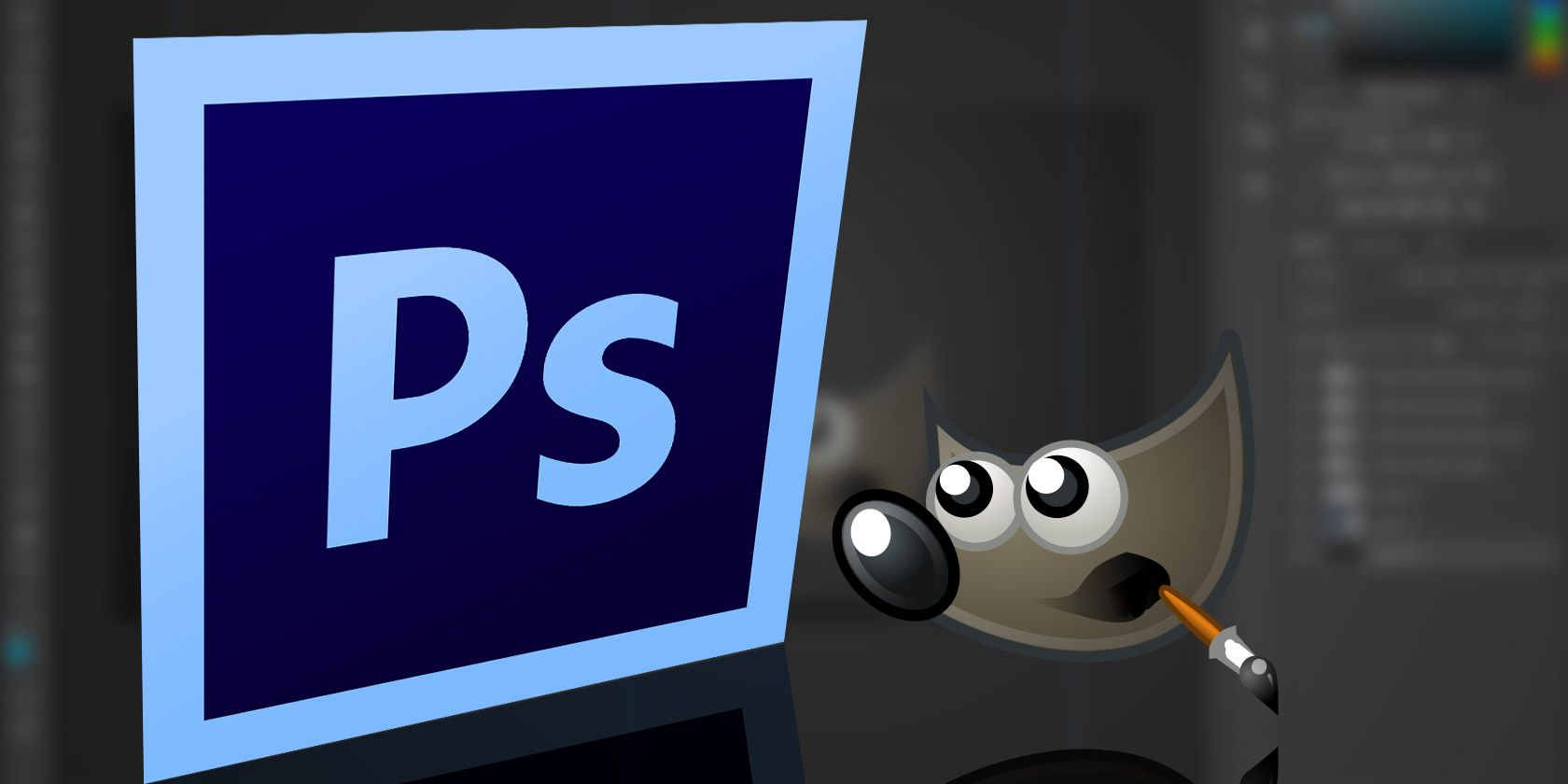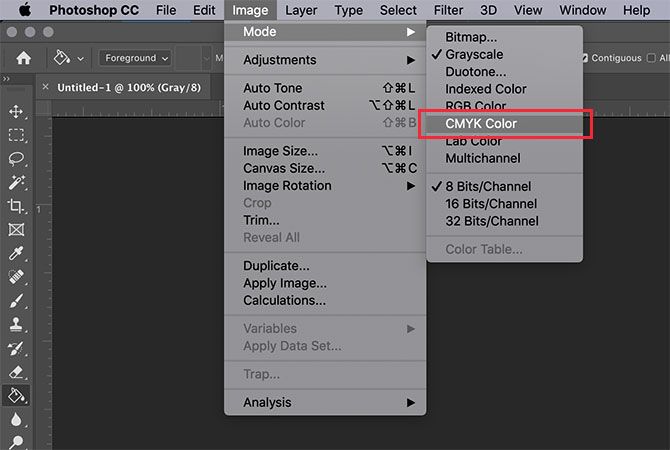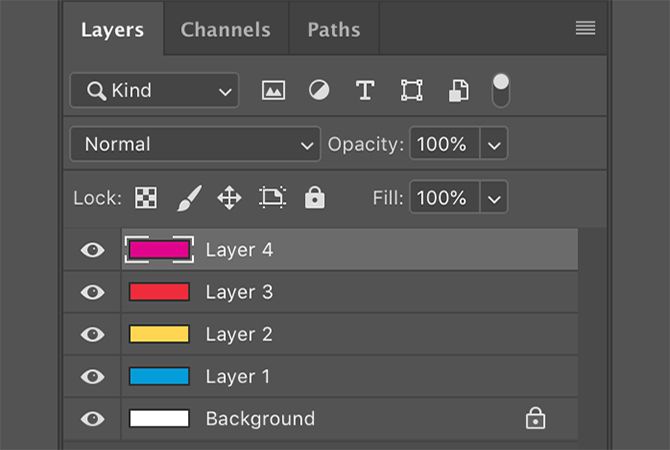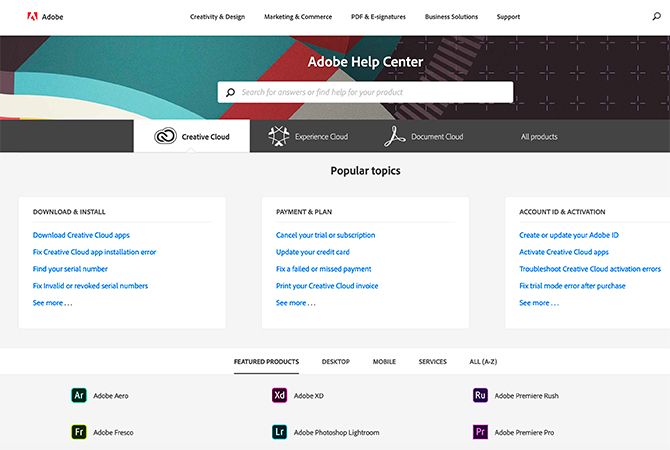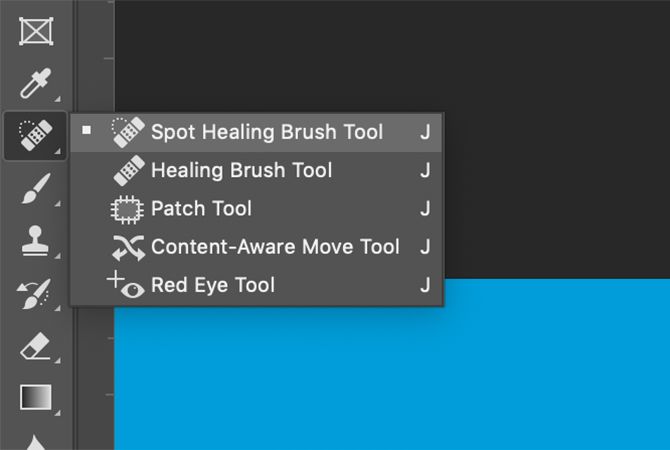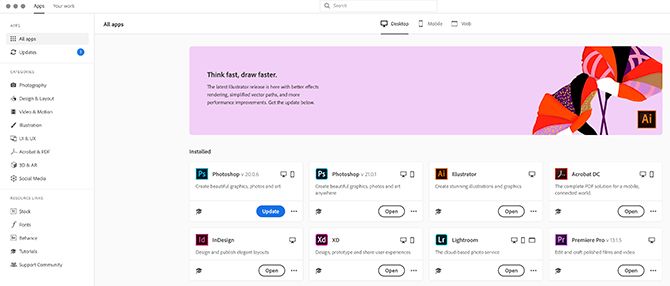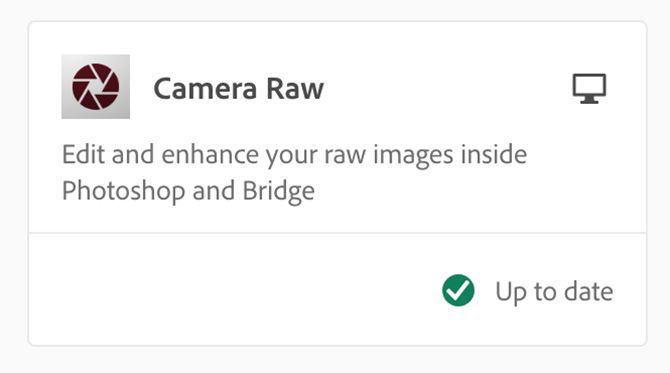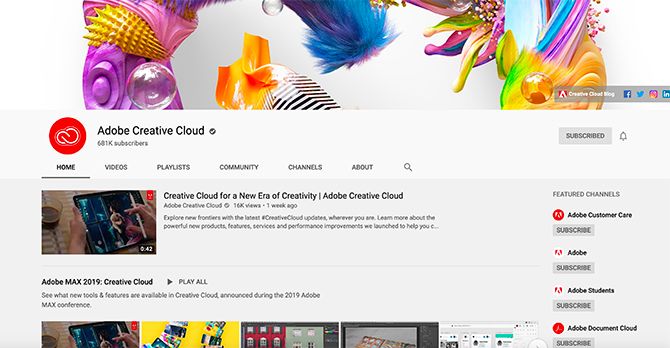The GNU Image Manipulation Program (or GIMP for short) is a popular open source image editing application that's been around for awhile. While GIMP is considered a free Photoshop competitor, and there's a lot it can do, there are some areas where it still falls short.
If you're torn between the two programs, here's a list of pros and cons for GIMP vs. Photoshop. What can Photoshop do that GIMP can't? Quite a lot, as it turns out.
Note: This article isn't a hit piece on GIMP! Plenty of us still use GIMP on a daily basis. It's just an honest look at where Photoshop's massive budget and team of developers have given it an edge.
1. Photoshop Has CMYK Color Mode
There are two dominant color modes that professional designers use: RGB and CMYK. RGB comes from red, green, and blue pixels that are used to display images on a screen.
CMYK is a more in-depth color range that uses cyan, magenta, yellow and black inks to create a picture. It's used by commercial printers to print high quality photos.
Any color can be described by these two systems, but unfortunately GIMP doesn't offer CMYK mode.
Photoshop does.
If you're working on something that needs to be displayed accurately while in physical format, then you need to work with CMYK for best results. For designers, no CMYK can be a deal breaker. This is especially true if you're planning on printing your work. So in the battle between Photoshop vs. GIMP, Photoshop clearly comes out on top.
For more information on working with colors, we suggest reading how to create a custom gradient in Photoshop.
2. Easier, Non-Destructive Editing
One of the most powerful Photoshop innovations over the last decade is how much easier it has become to make non-destructive edits through selections and layers. Rather than changing the original file, you can use a wide array of tools to modify things in a reversible way.
This constant "undo" button is a huge reason why I personally enjoy the program.
But is GIMP good for this too?
While GIMP has improved a lot in recent years, non-destructive editing is one area where it still can't quite compete with Photoshop. If you're making simple adjustments to your image, that's no problem. If you're trying to do crazy Photoshop composites, however, it makes your work harder.
3. Better Support and Constant Development
Photoshop is made by a multi-billion dollar company. GIMP is made by a team of dedicated volunteers.
While this hasn't stopped GIMP from creating a respectable program, it does have a lot of knock-on effects that are unavoidable when you're faced with such an insurmountable hurdle.
So is GIMP as good as Photoshop when it comes to customer support?
Not even close.
Due to its large budget, Adobe has an entire team dedicated to helping you with every problem. As long as you have your Adobe ID on hand, you can simply speak or chat to technical support staff.
With GIMP, you're stuck trawling through open source forums by yourself. It's fun to be the one to implement a cool new feature, but volunteering to answer tech support calls? Not a hope.
By the same token, Adobe is able to keep development going constantly. GIMP is reliant on volunteers' free time. Because of this, it can take longer for a GIMP developer to get around to fixing things, let alone implementing new features.
These are just a couple examples of how a bigger budget and team can help you.
4. Photoshop Has More Powerful Tools
All this extra development, resources, time, and money mean that Photoshop has more powerful tools. Both Photoshop and GIMP offer basic functions like levels, curves, and masks, but when it comes to real pixel manipulation, Photoshop leaves GIMP behind.
For example, Photoshop has four separate healing tools, each with an array of controls that let you determine how they operate. GIMP just has one.
For removing the odd spot, this single tool is fine, but for serious editing work it's not enough. This same situation repeats itself with many other features that the two applications share.
GIMP tools are great, but they're a few years behind what Photoshop currently offers.
5. Photoshop Is Compatible With Other Apps
Photoshop is part of a larger ecosystem. There are programs like Lightroom and Illustrator, where you can open up Photoshop files to work on them, along with additional Creative Cloud apps.
For example, I use Bridge to keep my files organized. I also use Illustrator for drawing line art. Then I take that lineart over to Photoshop, where I finish the coloring and digital edits.
In Adobe's Creative Cloud, there's a program for every job, and each of these programs speak to each other. Unfortunately, GIMP is on its own.
GIMP is a single image editing app. There's no Bridge to organize things; no Illustrator to create crisp logos and art.
For people who just want to use an image editing app for basic items, GIMP is wonderful. But if you're creating multiple, complex designs every week, Photoshop playing nice with other Creative Cloud apps is essential.
6. Photoshop Handles Camera Raw and PSD Files
Modern cameras can shoot in RAW or JPEG file formats. RAW formats contain a lot more information, and if you want to improve your photographs, you should be using them.
Thanks to Camera Raw, Photoshop can also handle RAW files from every major camera manufacturer. Periodic updates add support for new files.
GIMP on the other hand? It can't do this. You need to use a RAW processor to convert the file to a JPEG or another GIMP-readable file format before you can edit it in the program.
Thanks to Adobe's dominance, its proprietary PSD file format has also become widely used. GIMP can open PSD files, but there's a chance that it will fail to render things correctly.
If you need to convert the file, this creates a real problem if you're working collaboratively. The file you look at with GIMP won't be the same one as the file they created in Photoshop.
So in this case, can GIMP do everything that Photoshop can? Unfortunately, no.
7. Photoshop Is Easier to Learn
The question of whether or not Photoshop's interface is more intuitive is debatable. It's very complex, and there's a lot to learn. What is not up for debate? The fact that Photoshop is easier to learn, thanks to countless awesome tutorials that are currently available.
These tutorials range from Adobe's in-house videos, to our own articles on the subject matter. It turns out that if a lot of people need to use a service, then there will be a lot resources devoted to it.
While there are some tutorials for GIMP, there are not nearly as many. GIMP also leaves you very much on your own when you're first starting out.
Photoshop Is a Powerful Tool Compared to GIMP
GIMP, Photoshop, and other mainstream image editing apps are great resources that a lot of people can use. We want to stress that in the case of GIMP, the program is perfectly acceptable for making simple changes to your image. It's also one of the best design apps to use when you're on a budget.
When it comes to heavy duty graphics work, however, Photoshop more than justifies the price tag.
Not convinced by either? Here are some paid alternatives to Photoshop.
If you want to learn about the program's many features, here's a rundown of some of the things you can do with Adobe Photoshop.

